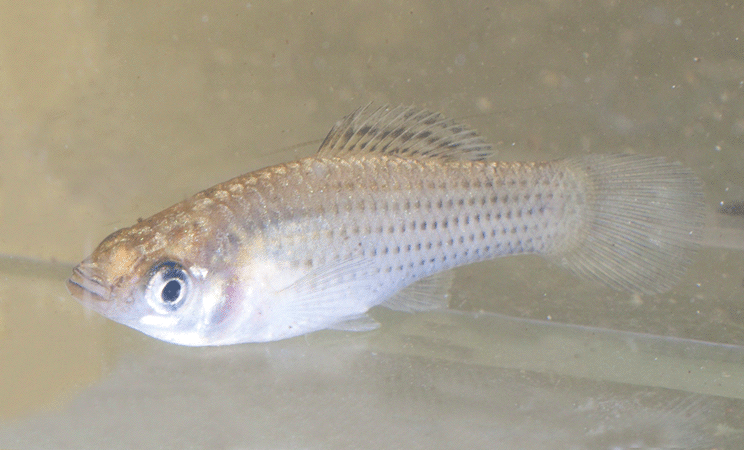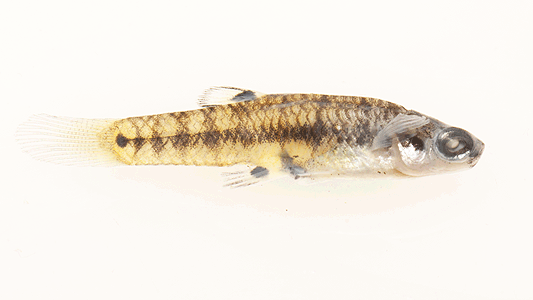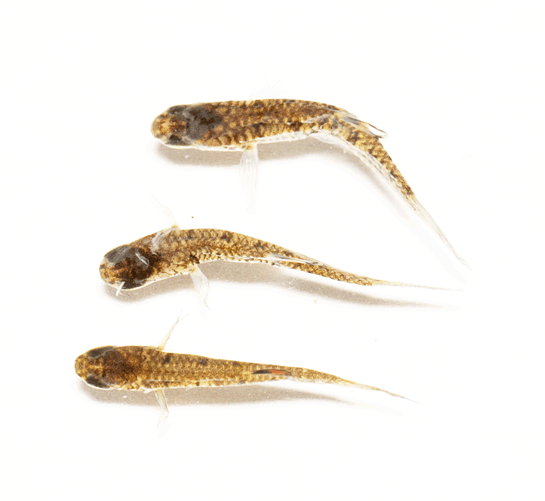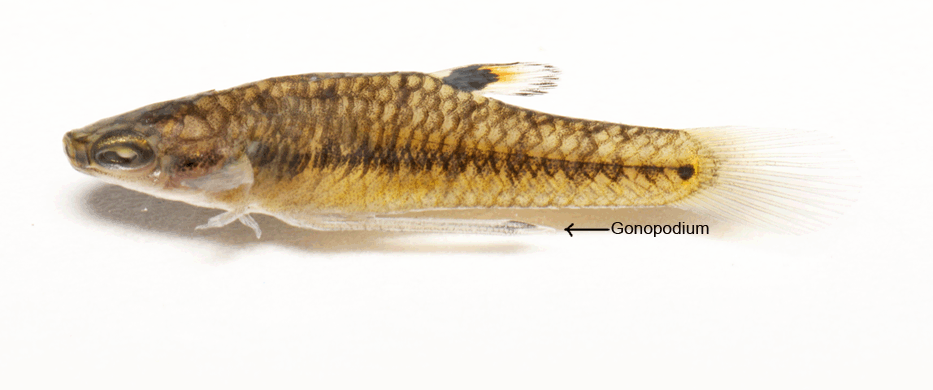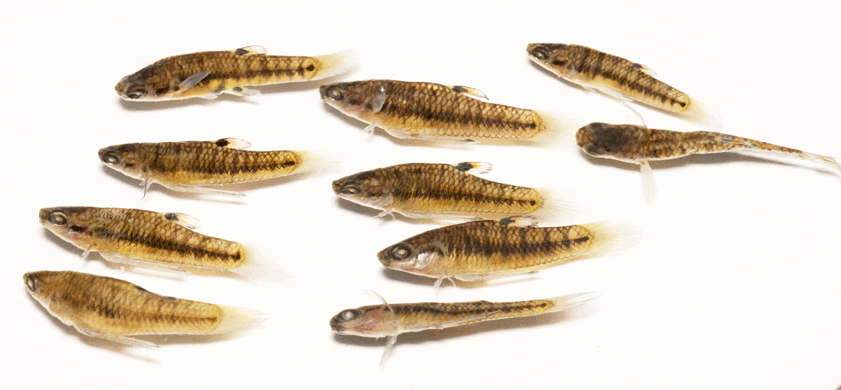In mid February 2018, the three Mayan cichlids shown here were netted in the Smith Preserve pond by Conservancy staff members.
Both adult and juvenile Mayan cichlids have a yellow to olive-brown body, with 6 to 8 faint or dark vertical bars and a broken lateral line. The body color varies in intensity, sometimes with bright red on the chin (fish 2), throat, and breast. They have both spiny and soft dorsal fins and a rounded caudal fin. Many have a prominent dark ocellus (eyelike colored spot) ringed by blue at the base of the caudal fin. In Fish 1, this is a turquoise ring. Adult size is 22 cm.
Mayan cichlids are native to the Atlantic slope of Central and South America. In Florida, they are considered non-native invasives. The species was first recorded in Everglades National Park in Florida Bay in 1983. The origin and date of the actual introduction to Florida is unknown, but it was probably due to aquarium releases or fish-farm escapes. Now the species is found in south Florida as far north as Lake Okeechobee and the St. Lucie Canal.
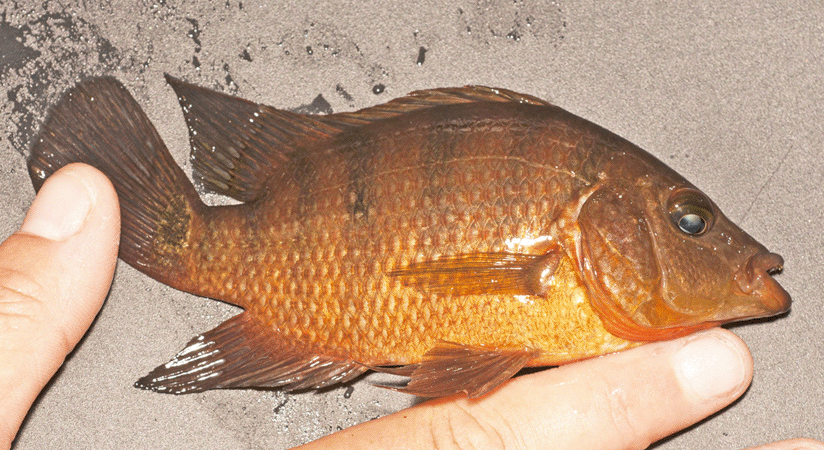
These fishes live in canals, rivers, lakes and marshes and can tolerate a wide range of salinities. They usually spawn once a year following nest building. When young hatch from their eggs, they swim toward the bottom and attach to the substrate with adhesive head glands. They begin free-swimming in 5 to 6 days. Both parents guard young for about 6 weeks.
Mayan cichlid food probably includes grass shrimp, small fish, snails, insects, detritus, and plant materials.
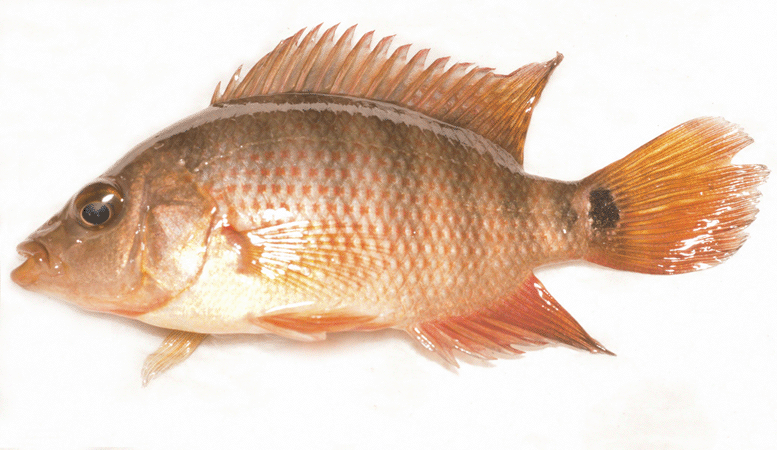
According to the USGS website titled NAS- Nonindigenous Aquatic Species, "Studies have shown native fish population reductions when Mayan cichlids increase in number, possibly through competition pressures for food and space (Trexler et al. 2000), or alternatively through predation effects (Ferriter et al. 2006; Porter-Whitaker et al. 2012). Trexler et al (2000) also report anecdotal evidence of nest predation and competitive interactions for space with other substrate-spawning natives (centrarchids)."
Although Mayan cichlids may compete for food and space with native fish populations, this assumption needs further study. A study of the stomach contents of locally-captured Mayan cichlids is being conducted by Conservancy scientist Dr. Jeff Schmid and science volunteer Copley Smoak to study food competition with native fish.
Mayan cichlids are a source of good, quality meat for people. The meat is white and flaky with mild flavor.
Return to top

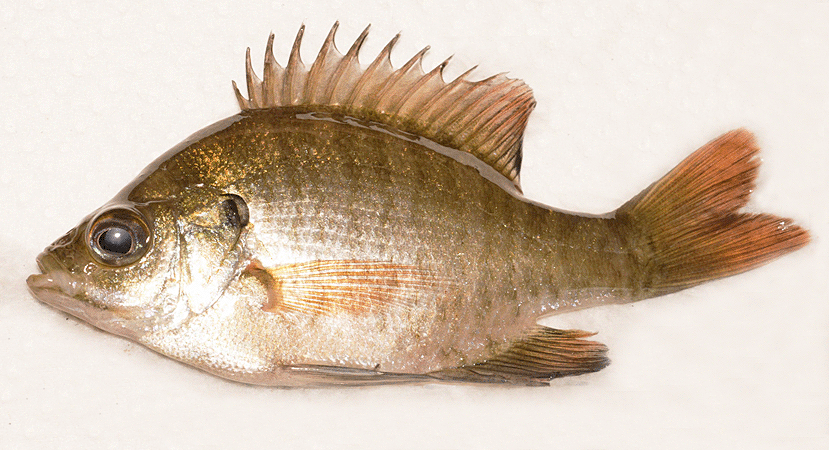


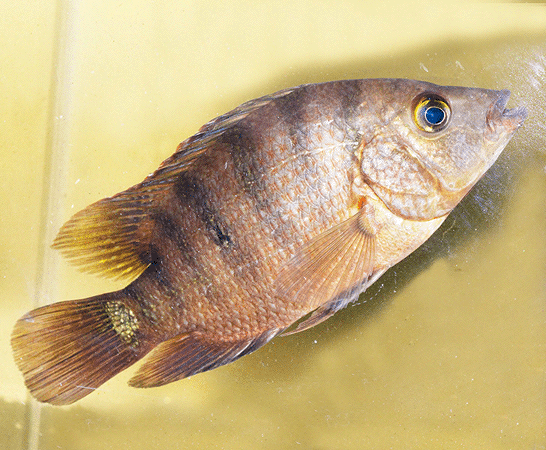




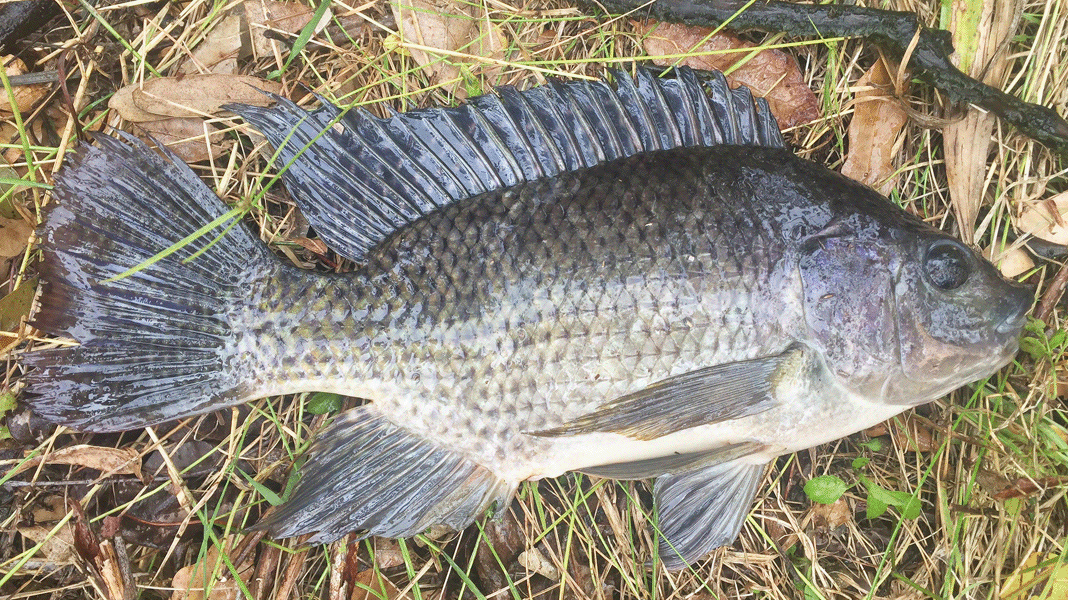
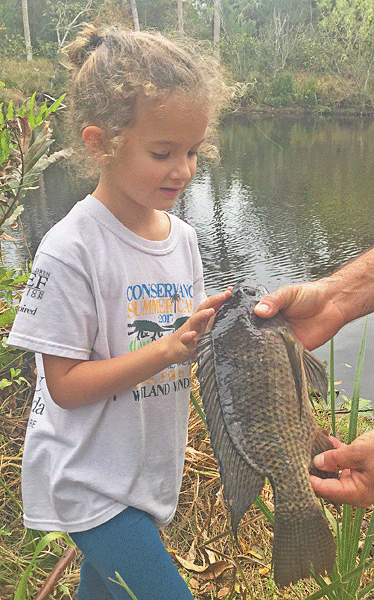
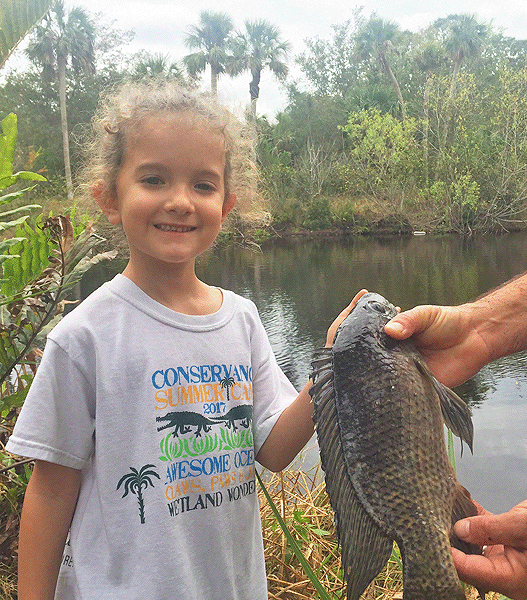
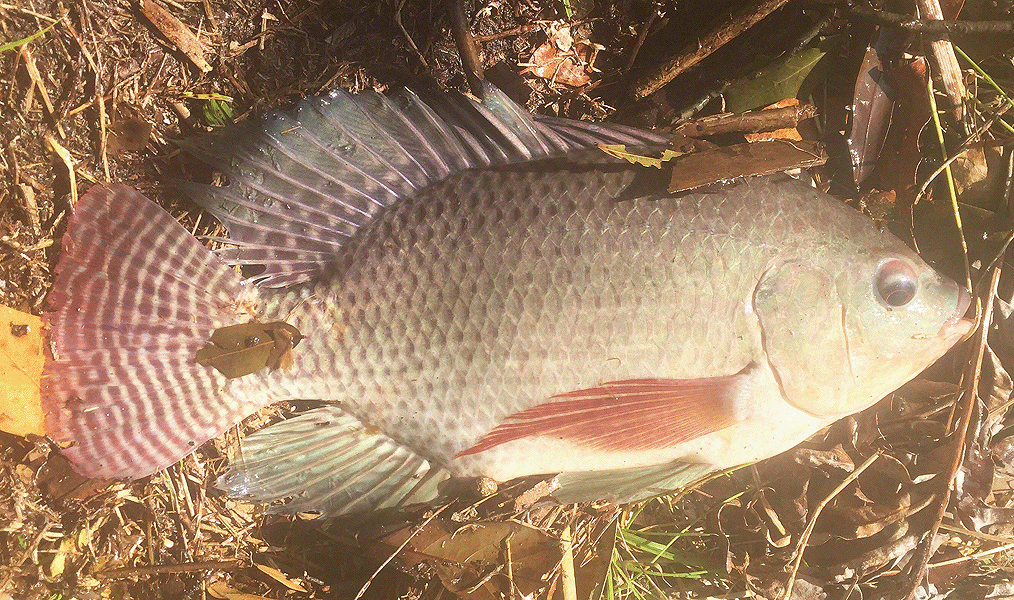
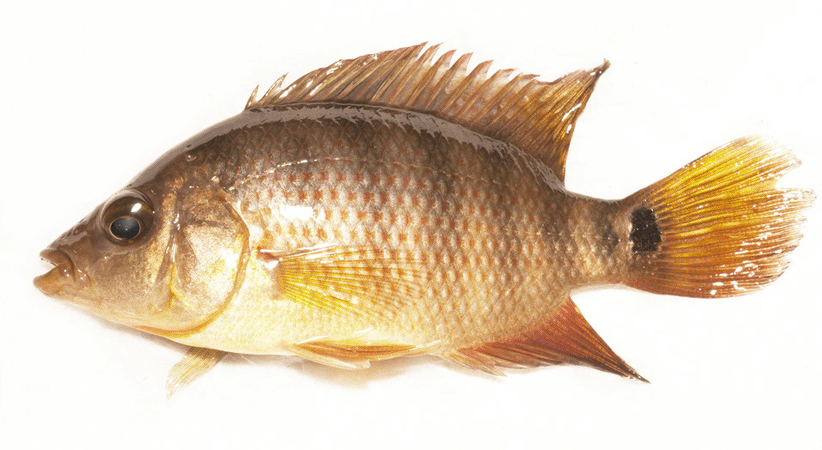

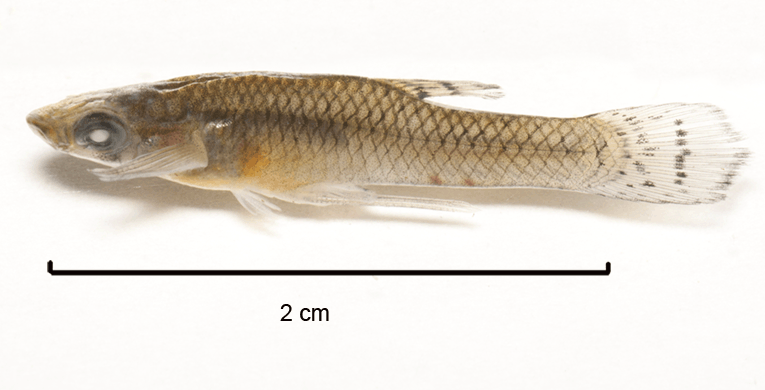
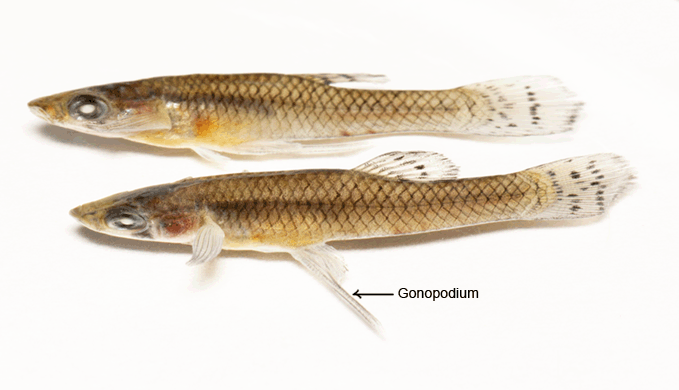 The genus name Gambusia is derived from the Cuban Spanish term "gambusino," meaning "useless."
The genus name Gambusia is derived from the Cuban Spanish term "gambusino," meaning "useless." 